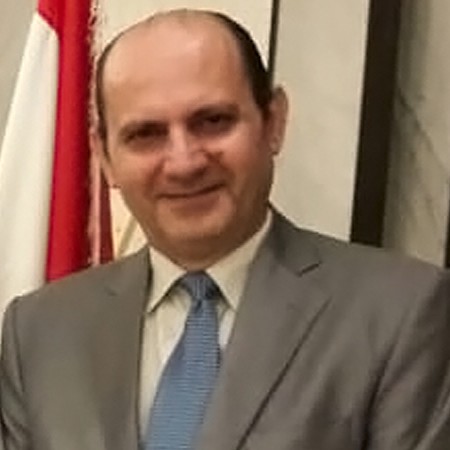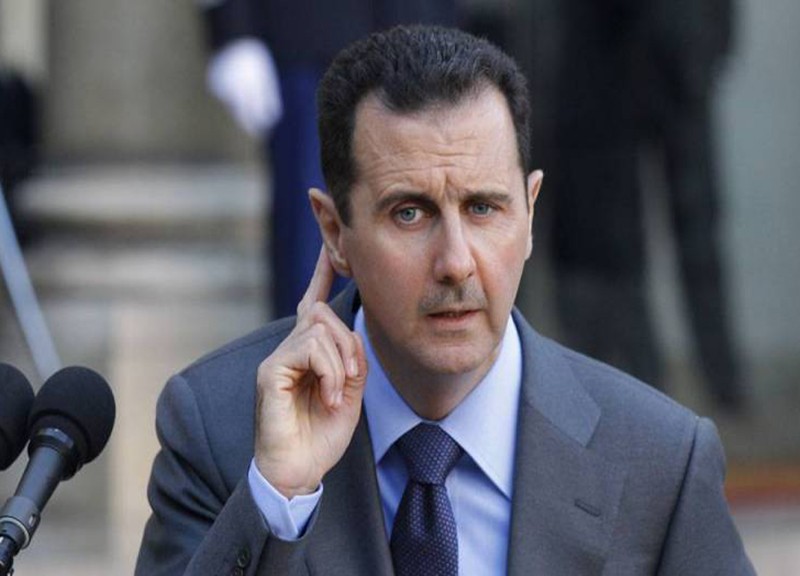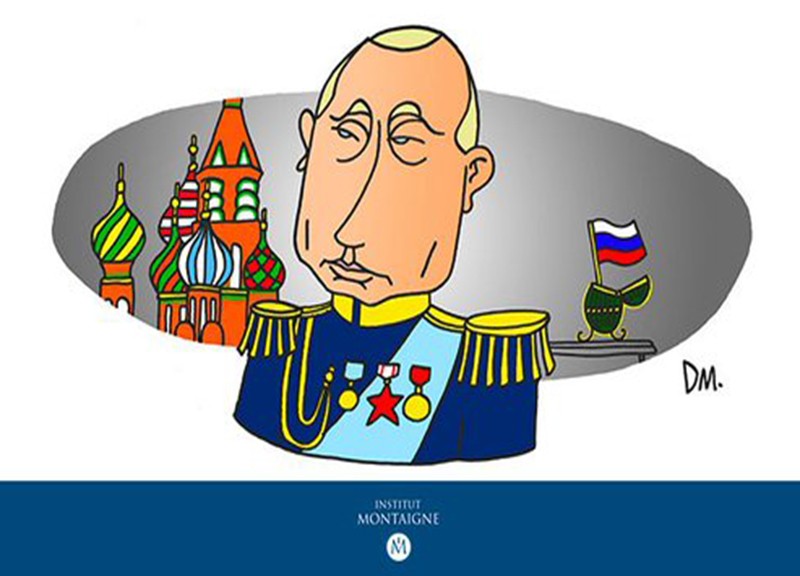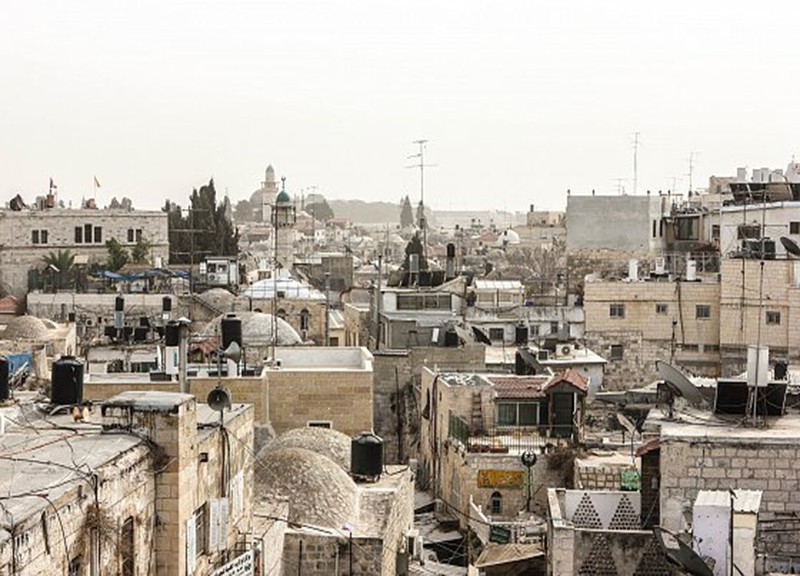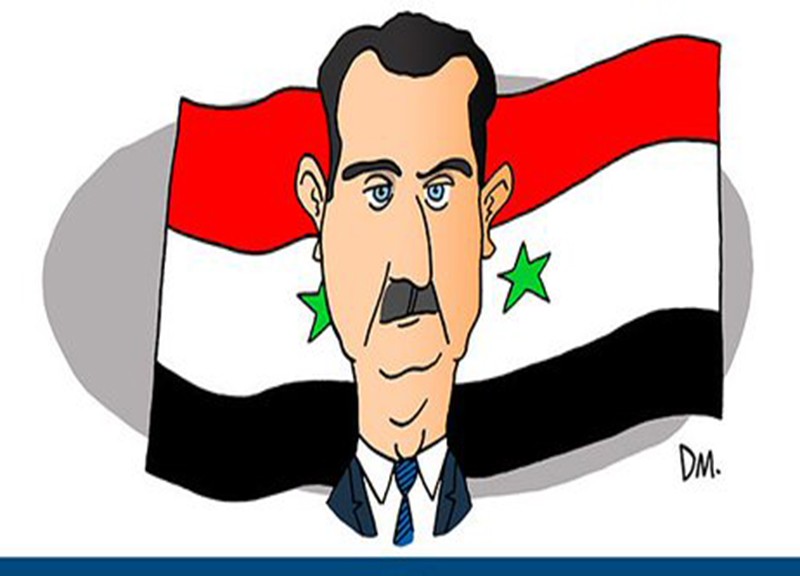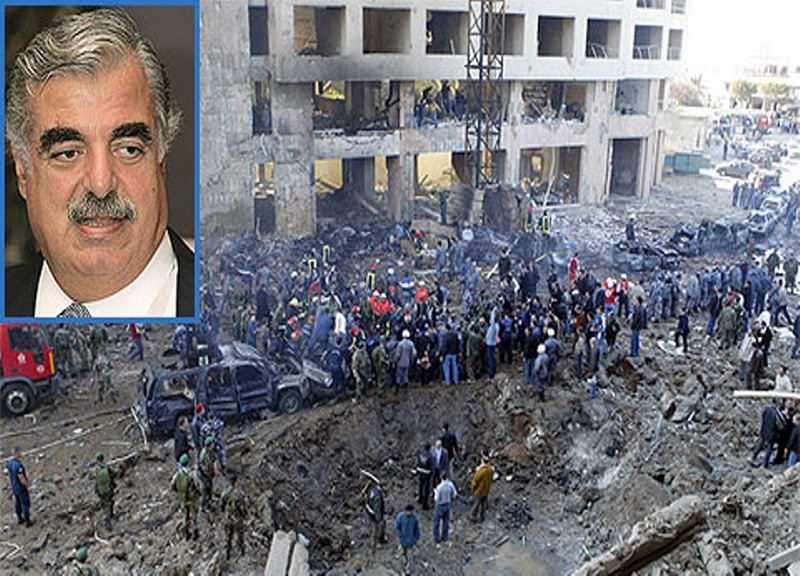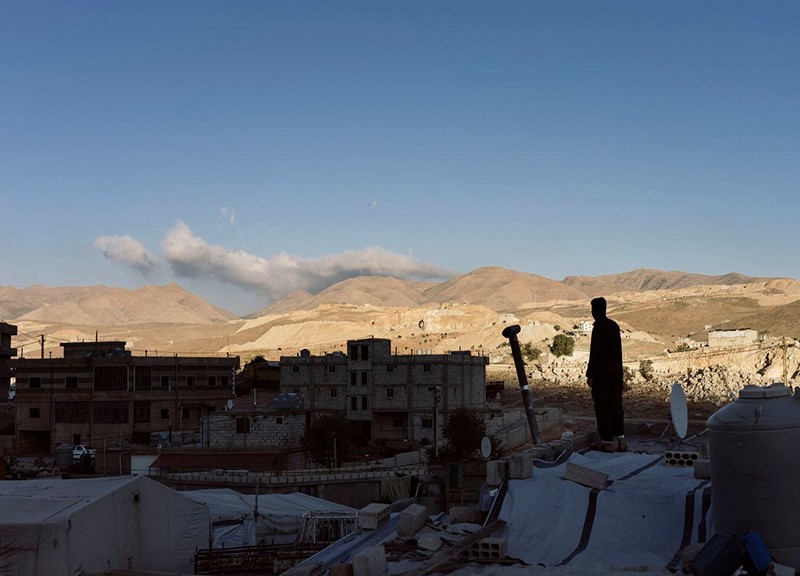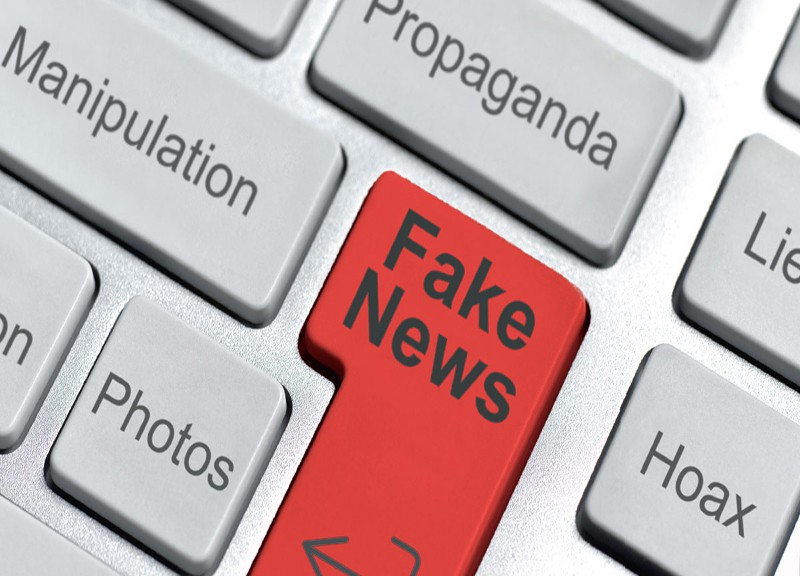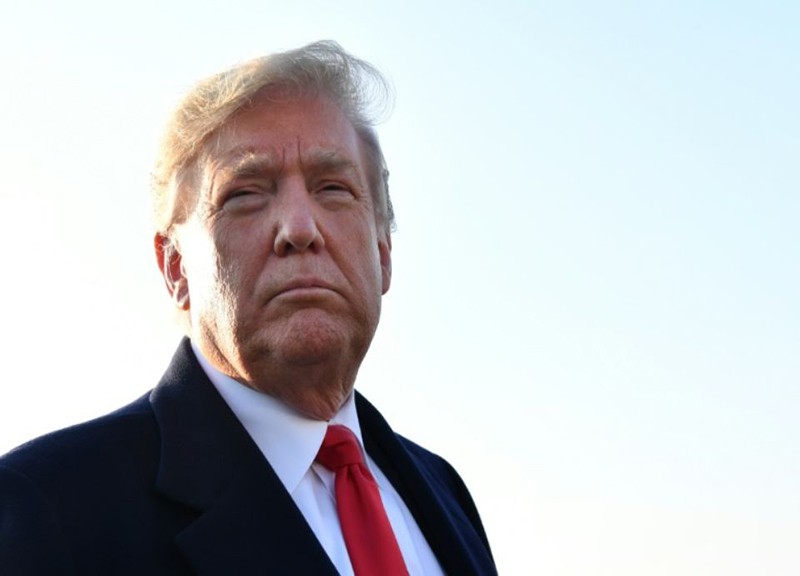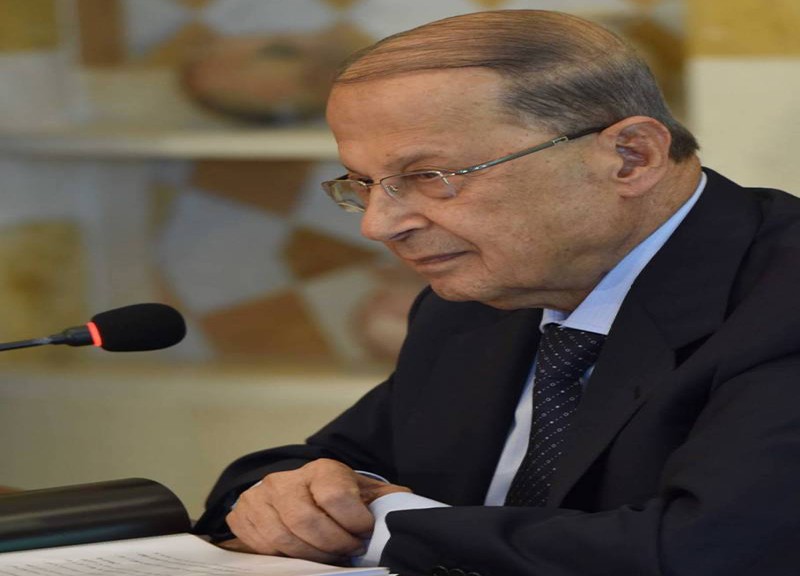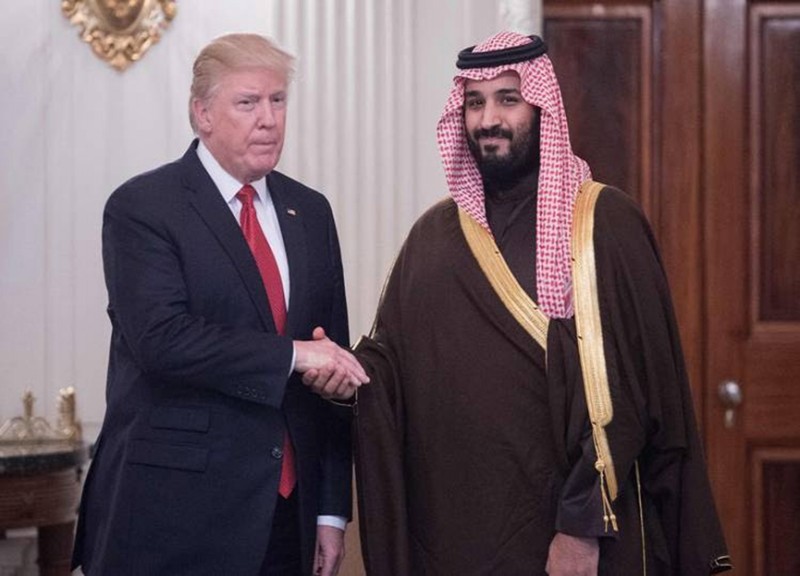
Ali Khamenei has no choice but to engage with the Great Satan
The Economist
WERE THEY to come back to the embassy that Iran raided and expropriated over four decades ago, American diplomats would find it much as they left it. The telex machines, the shredders, the padded communications room and the undamaged great seal over the colonnaded portico all remain. The building has been preserved as a museum: “the den of espionage”. But today, say Iranians walking past it, it is possible to imagine a star-spangled banner fluttering over it once again.
Talks between Iran and America about the Islamic Republic’s nuclear programme are entering their fourth round. The discussions cover much of the same ground as the talks that led to the Joint Comprehensive Plan of Action (JCPOA) in 2015, on limiting Iran’s stocks of enriched uranium.
But in process and tone they are radically different. Then, Iran negotiated with seven world powers. Today, it is just America. A decade ago, Iran’s elites were divided. Now, they are united behind the supreme leader, Ayatollah Ali Khamenei. Before, Mr Khamenei was a sceptic. Today, he is the talks’ overseer and champion. Once, the Islamic Revolutionary Guard Corps (IRGC), his praetorian guard, saw themselves as the victims of any deal. Today, they hope to be the beneficiaries.
Iran’s streets reflect the shift. One by one the symbols of the Great Satan are vanishing. At Tehran University, the revolutionaries’ old bastion, the American flag that students had to tread on when entering the college has been removed. Preachers are dropping the tired mantra of “Death to America!” after Friday prayers. The police who once beat up women who rejected the mandatory veil now do the same to those demanding its enforcement.
Even the hope of a deal is fostering rare economic confidence. The rial is up 25% against the dollar since the talks began, albeit from a pitiful base. That is a far greater rise than was prompted by the JCPOA.
Remarkably, Mr Khamenei is leading the shift. In past speeches he celebrated Imam Hussein, the Prophet Muhammad’s grandson who chose martyrdom over surrender to tyranny. Now, he praises Hussein’s brother, Hassan, who capitulated to tyranny for peace.
It may be that Mr Khamenei has no choice. Politically, economically and militarily, his regime looks spent. Foreign satellite stations and VPNs have weakened the state’s grip on information. Before Mr Trump withdrew from the JCPOA and reimposed sanctions in 2018, Iranians protested once every decade. Now they are so desperate they rise up every two years. In 2015 the country’s GDP was on a par with that of Turkey and Saudi Arabia. Now it is barely a third their size. Blackouts are common. The same officials who championed the “resistance economy” now plead for investment, particularly American, in core sectors like energy. Israel’s attacks on Iran’s aerial defence systems have left the country exposed. America’s aircraft carriers and stealth bombers lurk nearby. Its pummelling of northern Yemen is a lesson of what it could do to Iran. Its erstwhile axis of resistance, from Syria to Lebanon and Gaza, has been dismantled. Only by adapting can the regime hope to survive.
And so Mr Khamanei is making a virtue out of defeat. The proxies whose existence dogged previous talks with America are not the obstacle they used to be. Gulf states who previously rallied with Israel against a deal now welcome the stability it might bring. The ayatollahs have not only normalised ties with Saudi Arabia’s rulers, whom they hitherto castigated as “vile and ungodly”, but also want them to serve as a bridge between Iran and the rest of the Middle East and America.
Some regime diehards fear a sell-out. Confronting America, not bidding it welcome, is the best way to safeguard the Islamic Republic, they say. But though the threat of American and Israeli strikes still stirs national feeling, many fear Israel is seeking to lure them into open conflict and doubt Iran has the capacity to respond. Ideologues once rushed to blame mysterious calamities on Israel. But when a blast erupted at Iran’s main port, Bandar Abbas, killing at least 70 people, just as the third round of talks with America was beginning on April 26th, officials brushed it off as an accident.
Meanwhile, Mr Khamenei is purging his system of firebrands. Instead of a crusty hardliner for president, he has Masoud Pezeshkian, who has publicly called for friendship with America. He has packed off Morteza Ghorbani, an IRGC commander who threatened to sink America’s navy, to run a shooting club. Mohammed Bagheri, his chief-of-staff, who oversees the IRGC, typifies the conciliatory tone. Ahead of talks with America, he appeared dressed in civilian clothes at Persepolis, the ancient capital of pre-Islamic Persia, and spouted a message of peace.
Mr Khamenei has a politician’s forked tongue. Imam Hassan’s peace, he notes, was only temporary and a product of circumstance. But his advisers suggest he is ready to sue for peace, if it preserves his regime. After 35 years as leader, the 86-year-old has outlived or outsmarted his rivals and turned officials, clerics and commanders into yes-men. By negotiating with Mr Khamenei’s representatives as equals, Mr Trump has conferred international recognition on his supremacy and quietened clamours for regime change. The president’s letter addressed the supreme leader as “azizam”, “my dear” in Persian, notes a delighted official. Mr Khamenei’s regime has cast aside many Islamic trappings. But it has kept the most important. Mr Khamenei still wears his turban like a crown.




